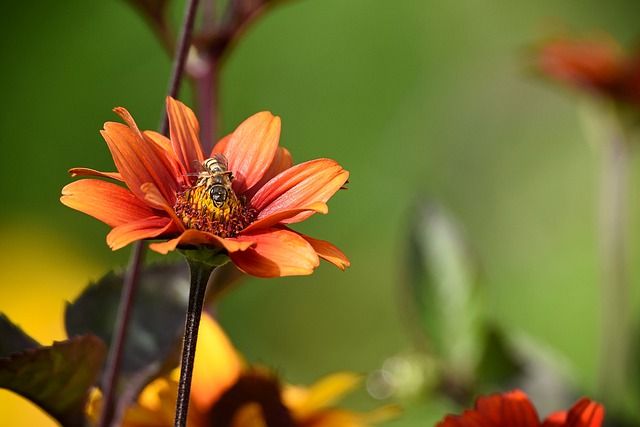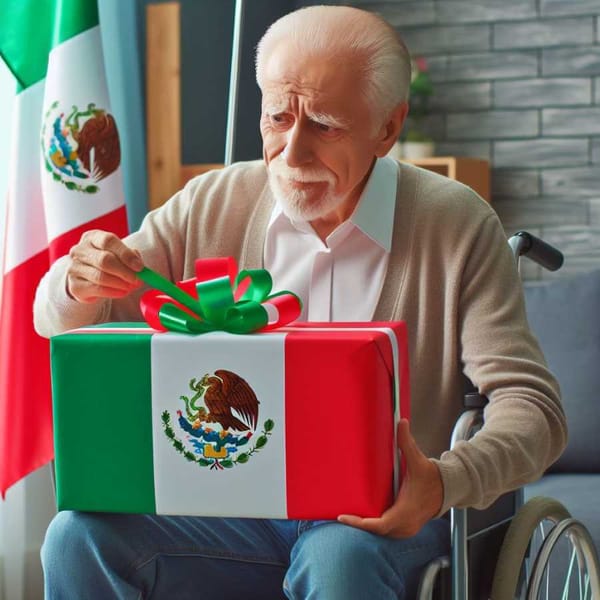What is pollination and how does it work?
Pollination is the process that takes place from the time the pollen leaves the stamen in which it was generated until it reaches the pistil where it will germinate, a journey that will allow the appearance of new fruits and seeds.

The cycle of all flowering plants begins when a pollen grain comes into contact with the stigma of a flower of the same species. This pollen grain is transported by the wind, by water, by an insect, or by some other animal. When it is the wind that transports the pollen, pollination is called anemophilous (anemos: wind); when it is insects, it is called entomophilous (entomos: insect).
The wind carries pollen away from flowers indiscriminately while animals do it more specifically; therefore, entomophilous flowers must be exquisitely designed to attract and reward their pollinator.
Flowering plants are called angiosperms and developed during the Cretaceous period, approximately 130 million years ago. Since then there has been a co-evolution between plant and pollinator: the scent, color, size, shape, time, and season in which the flower opens, attracts a type of animal that will ensure pollination between flowers of the same species. The length of the nectar duct and the mouthparts of the pollinator are also closely related. A bee will not be able to take advantage of - and therefore will not pollinate - a flower whose nectary has very long access; a butterfly will be more adapted to this flower.
The efficiency of this type of pollination must be far superior to anemophilous pollination, since entomophilous plants are the most diverse and abundant, with more than 200,000 species. Examples of the process of adaptation between flower and pollinator are the cases of vanilla and poinsettias. Both plants are native to the tropical zones of Mexico and each has a very particular history.
Vanilla and the bumblebee
The vanilla is a climbing orchid typical of humid tropical zones. Its bloom takes place once a year and lasts a few hours in the early morning. When the Spaniards arrived in Mexico, they knew the particular aroma and flavor that vanilla gave to the chocolate prepared by the Aztecs. They decided to take it to the Old World and promote it in the European diet. Their surprise came quickly when they observed that the vanilla plants were not able to bear fruit, that is to say, they did not produce the pod.
After much effort, they realized that the problem was the lack of pollination and that this task was performed by a bumblebee of the genus Melipona, which only existed in Mesoamerica. The Spaniards looked for the bumblebee and took it to Europe. In spite of the good treatment given to it, the bumblebee never managed to acclimatize, that is, it did not like Europe. It took almost 200 years to devise a technique capable of artificially pollinating vanilla.
At the end of the 19th century, a slave from Reunion Island (formerly Bourbon Island) named Edmond Albius began to study the bumblebee's task and started to do it himself. In the end, hand pollination proved to be much more efficient than insect pollination. Since then, with anthropophilic pollination in which man is the pollinator, vanilla has spread throughout the world and is now consumed in dishes in the most exotic and remote places on the planet.
By Veronica Bunge




